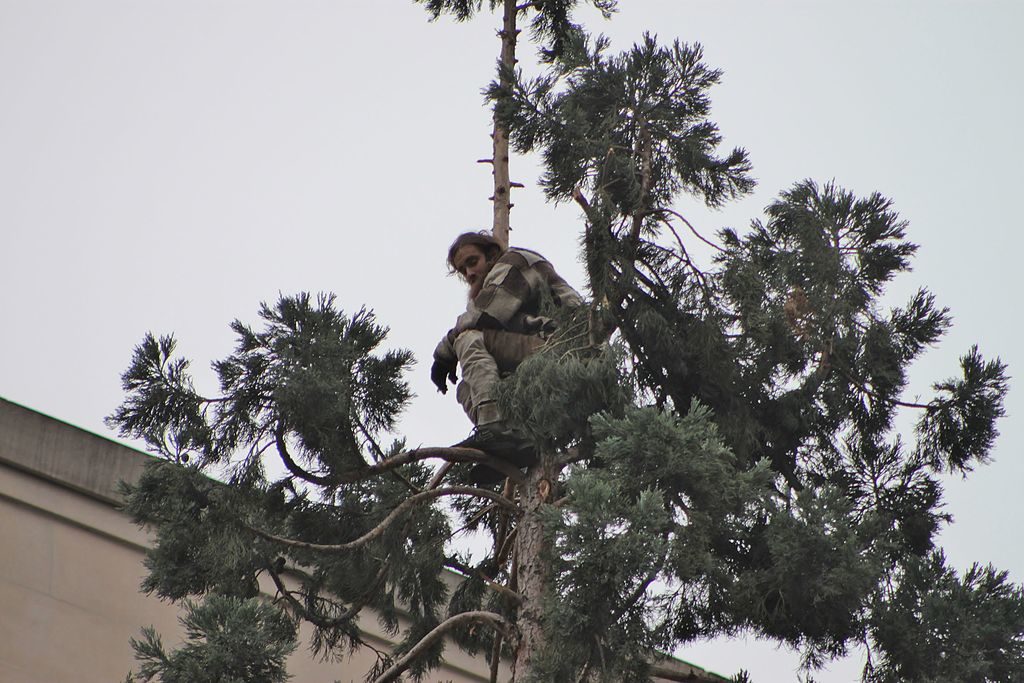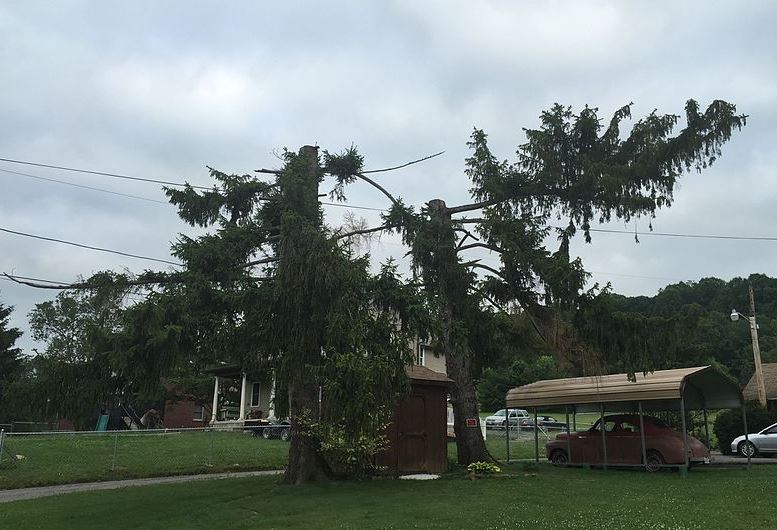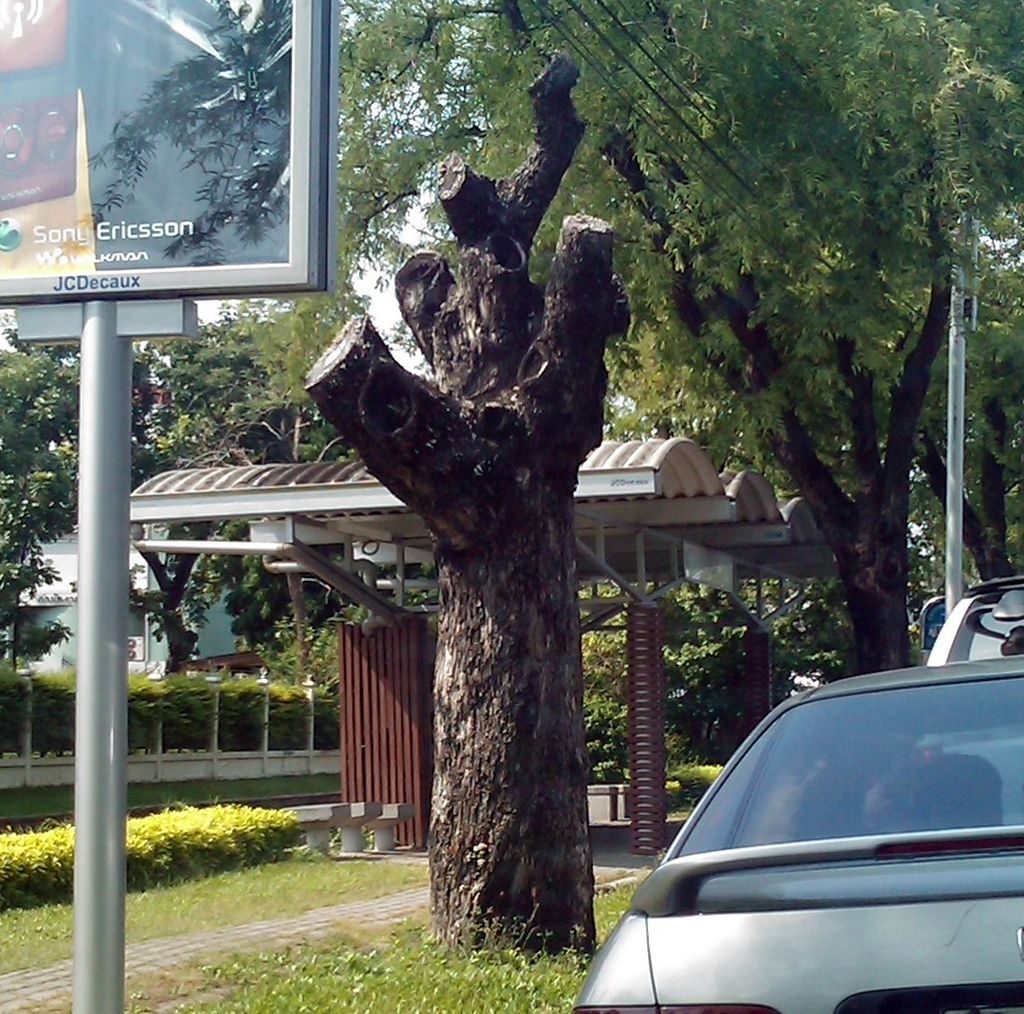Remember a couple years ago when that guy decided to crawl up into the tree in downtown Seattle and caused a 24-hour stand-off between him and the Seattle police?

Did you know that he did up to $7800 in damage according to the court documents? The tree was a 90-foot giant Sequoia, 34 inches and diameter at its breast height with a 95% species rating and 100% condition rating. Not that we really care but it also had a 100% location rating as well according to professional foresters. With all of these variables, the damage he did to that tree was nearly $8000. Its pre-damaged value was put at nearly $52,000 but lost 15% of value due to Mr. Miller’s arboreal escapade.
Giant Sequoia’s grow fast and typically live a long time, up to 3200 years. The Seattle Transportation Department planted the Sequoia when it was just 20 feet tall in the early 1970s. It suffered some damages in 2010 when it began declining and lost 10 feet of its top. It obviously survived but topping a tree is usually not the best course of action.

Topping a tree seems like a very easy thing to do if you are looking for a view, or need to save the deceased or dying tree. But, most arborists and tree professionals will tell you that topping a tree is actually one of the worst things that you can do for the fitness of the tree. The tree can be subject to starvation, week new growth and rapid new growth, which can also damage the tree. Topping the tree leaves room for insects and disease and large stubs of the top tree can have a difficult time sealing making it vulnerable to pests and decay.
Topped trees are susceptible to starvation because they need leaves to manufacture starches during photosynthesis. A trees transport system moves the starches of from the leaves to the roots and topping a tree can remove much of the leafy Crown that’s providing the tree with the nutrients it needs.
Topping a tree also creates rapid new growth just like pruning would do. But unlike pruning correctly, the result is that the tree responds to the injury by producing many long sprouts that quickly regain the height but at a dangerous, flimsy level.
Trees that are topped are susceptible to shock and even death. Some species of trees won’t even tolerate a topping and you’re likely to see the effects of that within a week or two.
So what can you do?
There are plenty of ways to thin a tree or wind-sailing a tree so that you can regain your view without damaging the tree. Of course, if you’re planning on topping the tree altogether, it may leave and uglier mark on your skyline than simply removing the tree altogether.
If you’re looking at removing a tree and’s home is County or even parts of King County, contact our office. We’d love to give you a quote over the phone and answer any questions you have about pruning, tree removal, or topping your tree.
Images By SounderBruce (Own work) [CC BY-SA 4.0 (https://creativecommons.org/licenses/by-sa/4.0)], via Wikimedia Commons | By Famartin (Own work) [CC BY-SA 4.0 (https://creativecommons.org/licenses/by-sa/4.0)], via Wikimedia Commons
Recommended Article: How To Top a Tree Without Killing it?
